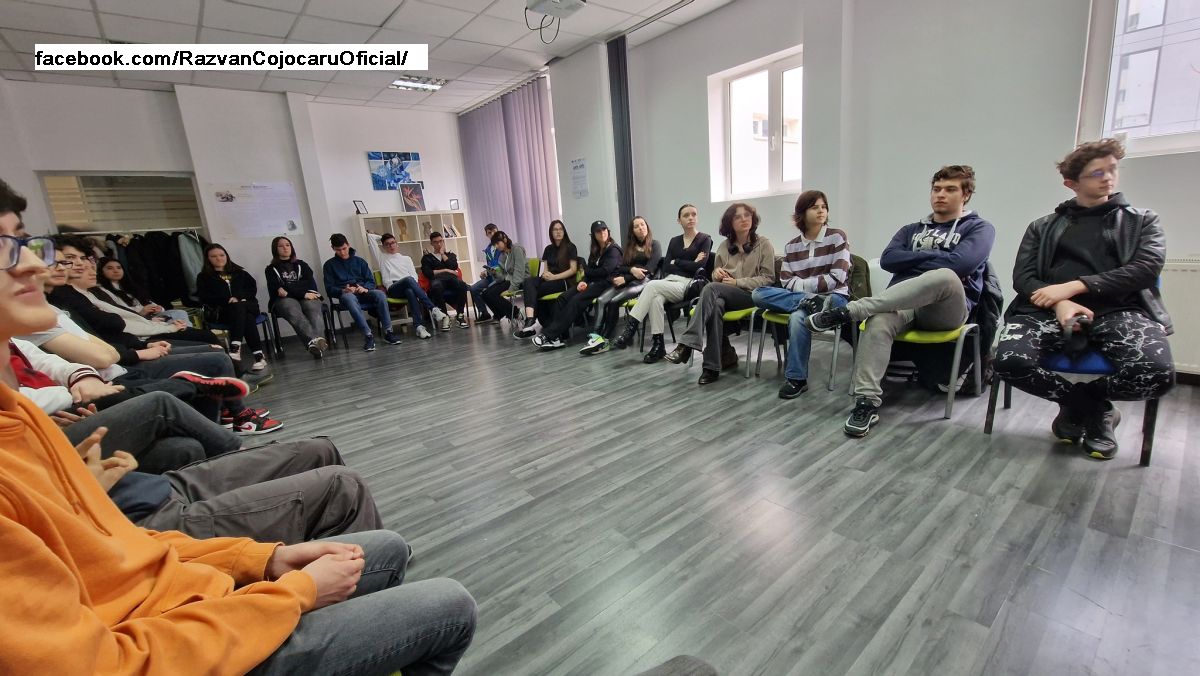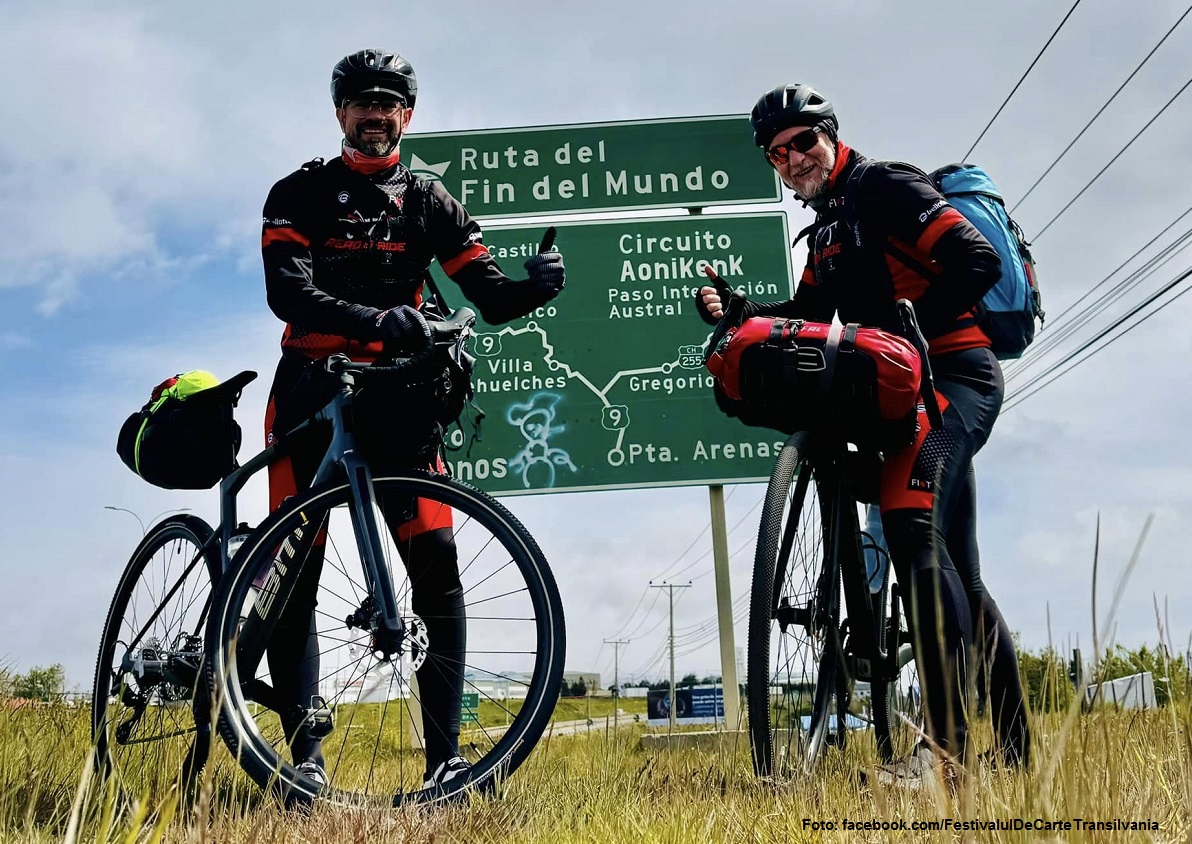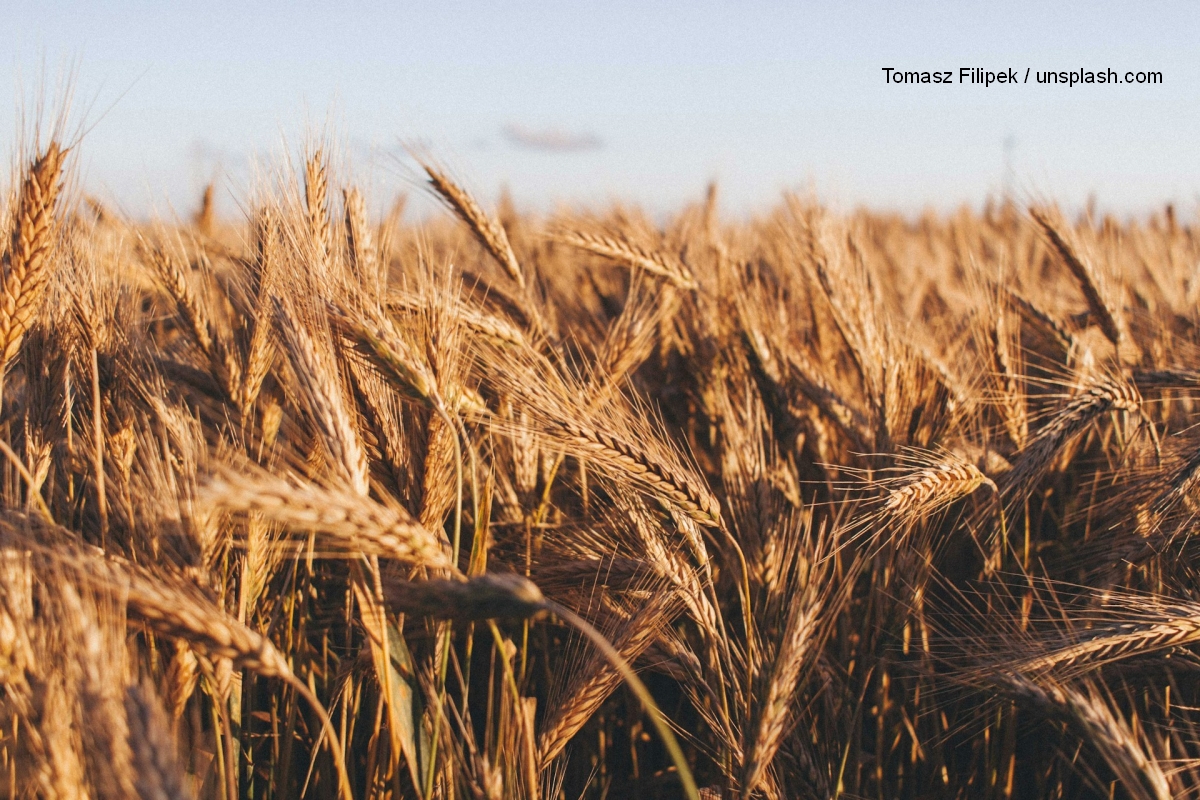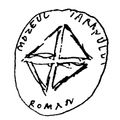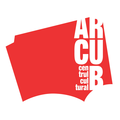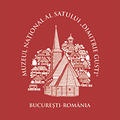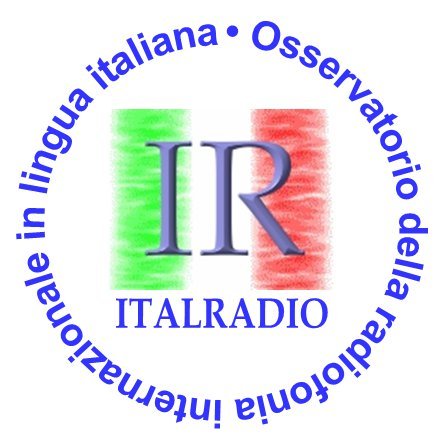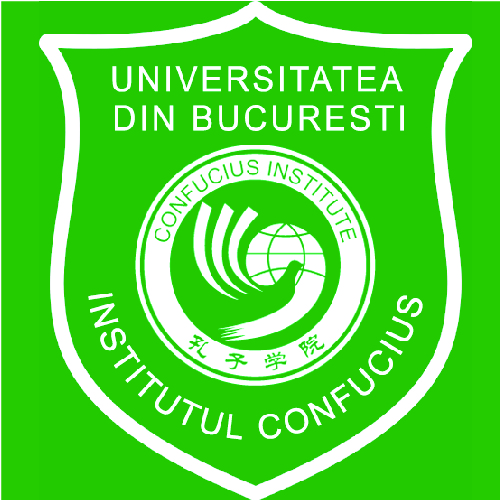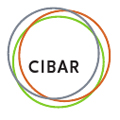Fasting, between a Christian virtue and a healthy diet
Many Romanians try to observe the rules of fasting for 40 days before Easter
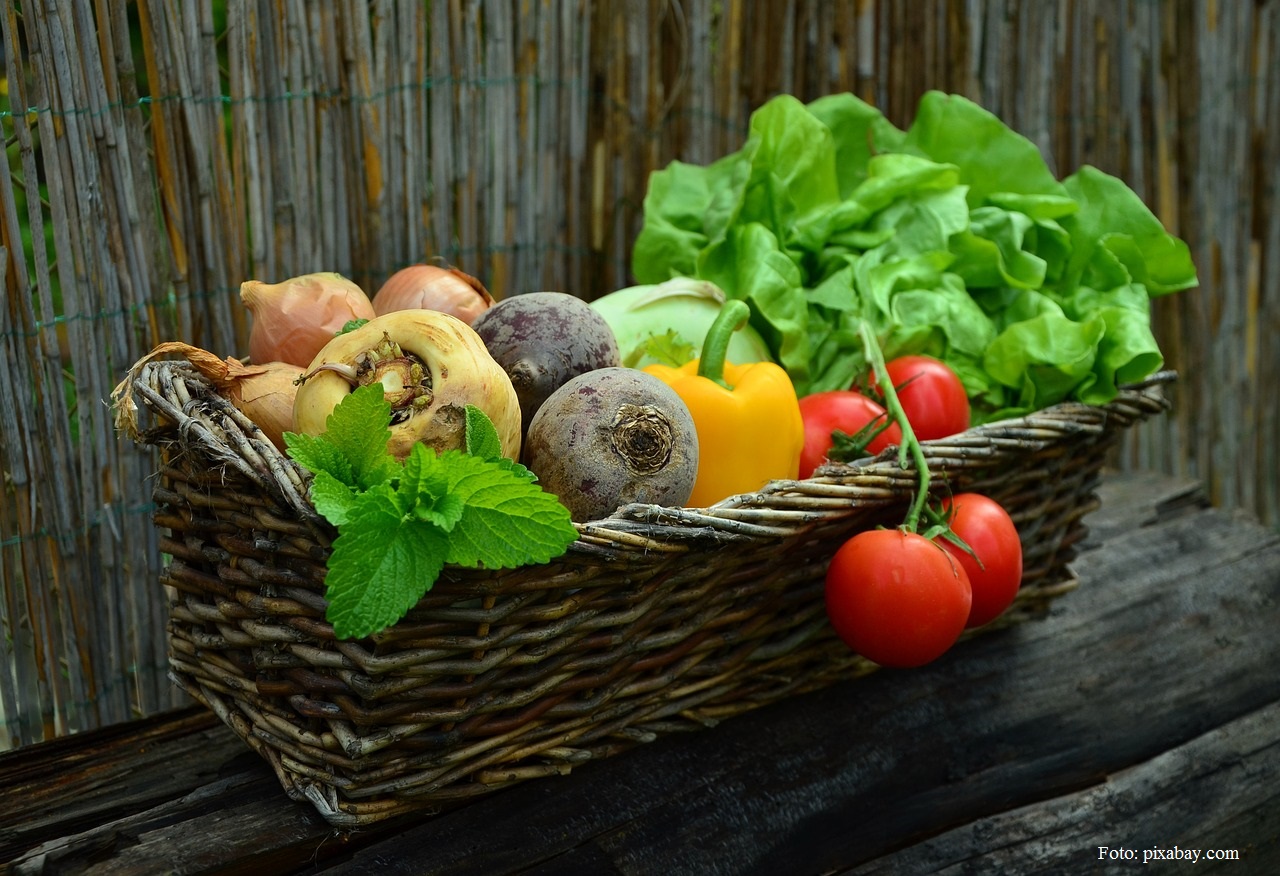
Ana-Maria Popescu, 08.04.2025, 13:10
This year Christians celebrate Easter all at the same time, on April 20. Many Romanians try to observe the rules of fasting for 40 days before the holiday. But in fact, beyond religious beliefs, choosing a vegetarian menu has become increasingly common, especially among young people. For today’s instalment, we discussed the choice of fasting dishes and regional influences in Romania with Chef Relu Liciu.
Those who choose to fast, that is, not eat animal products, do so most of the time seeking spiritual benefits, but there are certainly physical benefits as well, if the diet is done wisely. Relu Liciu explains what fasting food involves, what products become the basis of recipes during this period and what specific elements occur in Romania, depending on local customs:
Relu Liciu: “It has started to be a growing trend. Apart from spiritual reasons, we must take into account the state of health and the effects of nutrition on the body. A healthy fast must include vegetable fibres: mushrooms, potatoes, whole wheat bread, rice, spinach, broccoli, cauliflower, hazelnuts, peanuts and so on. Menus vary from one area to another. In Romania, there are three major areas, Wallachia, Transylvania and Moldavia, and depending on the area, people have certain types of foods that they eat during this fasting period. In Transylvania, where they eat more heartily, or as I like to say, ‘these people from Transylvania would be able to put cream even in yogurt’, they usually make all their soups with cream, and during this period they use a kind of cream made from oil and garlic cloves, which they use in borscht and in all kinds of other recipes. Tarragon is used in Transylvania, especially in soups, while in other areas it is not used much, it is replaced by lovage. Beans and sauerkraut are very common during the fasting period in Transylvania as opposed to Wallachia and Moldavia, but taking into account that it is a fasting period and the number of recipes is limited, the other parts of Romania also borrow these customs.”
Those who want to follow the rules of fasting as they are observed in monasteries can choose to cook without sunflower oil, and eat more stews, at least at the beginning of the fasting period. There are also sophisticated recipes, some including seafood, such as the ones made in Greece, for example. On the other hand, research shows that it is better to eat local produce, so the Easter fast has the advantage of being held at a time when lettuce, spring onions and radishes, orache, patience dock and ramsons grow. The latter, although it is an addition to salads due to its garlicky taste, can also be used successfully in creamy soups.
We asked our interlocutor to tell us what he has cooked recently during this year’s Easter fast:
Relu Liciu: “To take it to a ‘fine dining’ level, as I like to say, I personally like to cook ratatouille, or as we say in Romania, vegetable pots. I made a cauliflower stew. You can cook mushroom-based soups, which taste like tripe soups, especially since pleurotus can now be bought in any store. The famous sărmăluțe, which we eat at Christmas, can be made with leek and mushrooms instead of pork. We can also make mushroom pies. Chickpeas are quite popular again during this period. Fruits play an essential role during this period of fasting and there are many fruit-based recipes. I don’t know how many Romanians still make quince dishes. I used to eat them as a child, at my grandmother’s. This quince stew is a delicacy.”
We also asked Relu Licu whether 40 days of fasting might unbalance our health instead of improving it, and what we should pay attention to, especially given that, as we are pressed for time, few of us can afford to think about fully nutritious vegetarian menus:
Relu Liciu: “Most people only go as far as to toasting and buttering a slice of bread, as they have seen in Greece or Italy. Olives are also a very common food during this period of fasting. I know that monasteries actually have some traditions related to olive meals. If you ask me, the fasting products that are more easily accessible and that are cooked quickly are pasta, which are not exactly healthy. But if we know how to balance the pasta using more vegetables and fruit, then we can have food that is healthy for our body in addition to the spiritual side of fasting.”
That being said, we encourage you to explore mouth-watering recipes in which you can discover the joy of the taste of vegetables and fruits, even combined in a unique way, at least as a cultural experience! (AMP)

